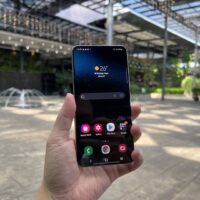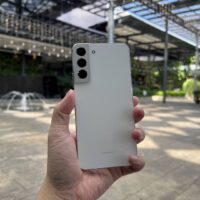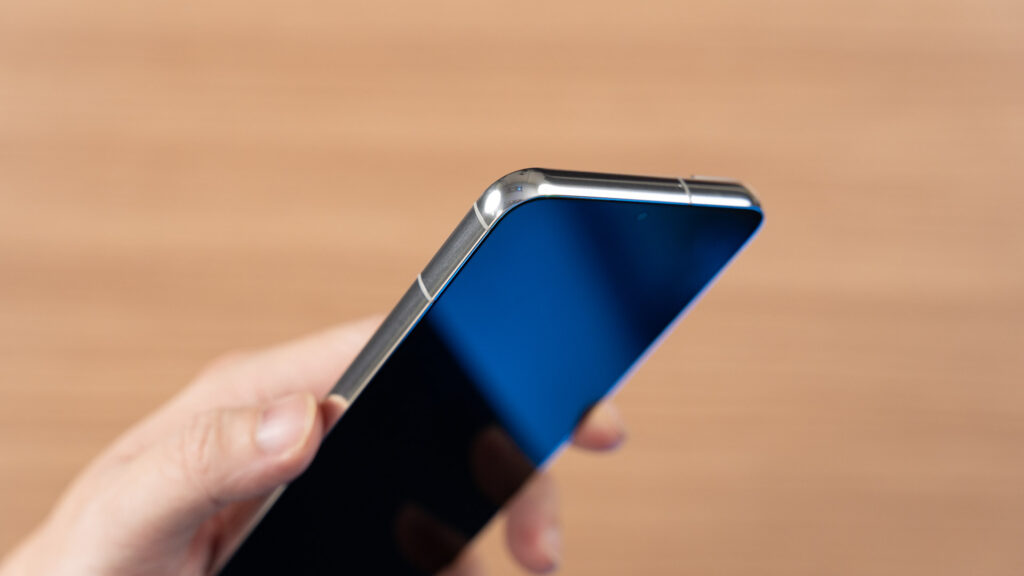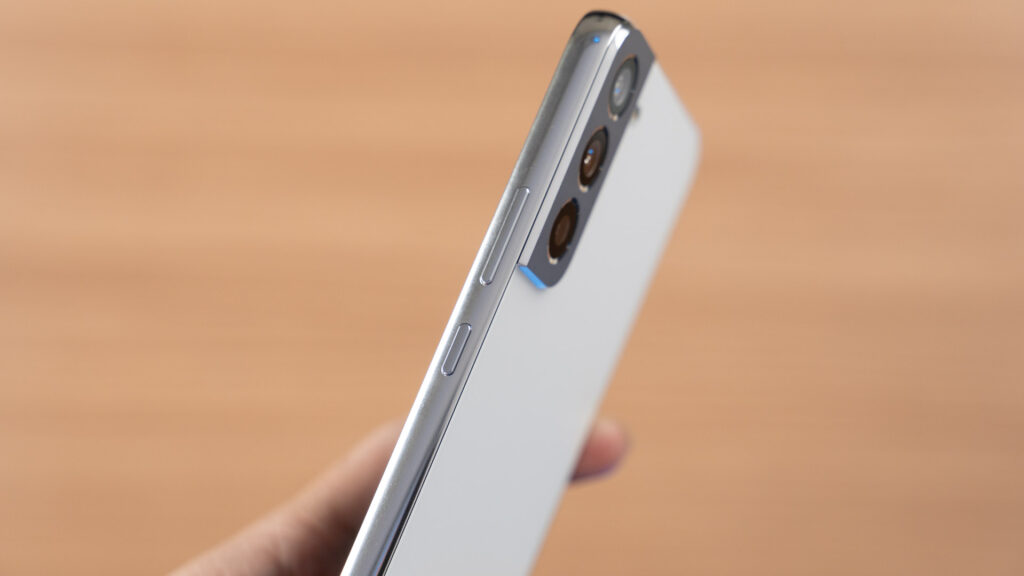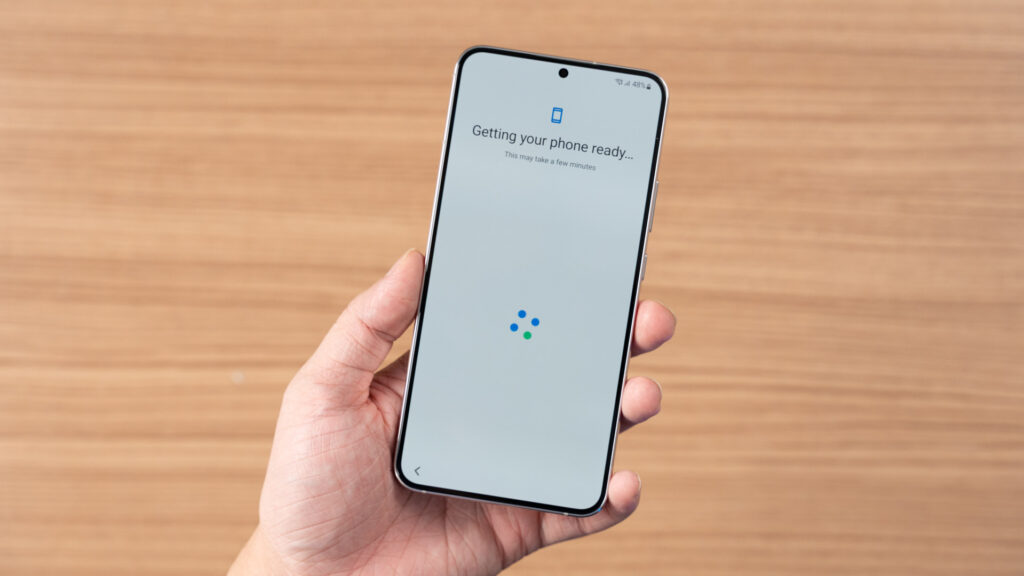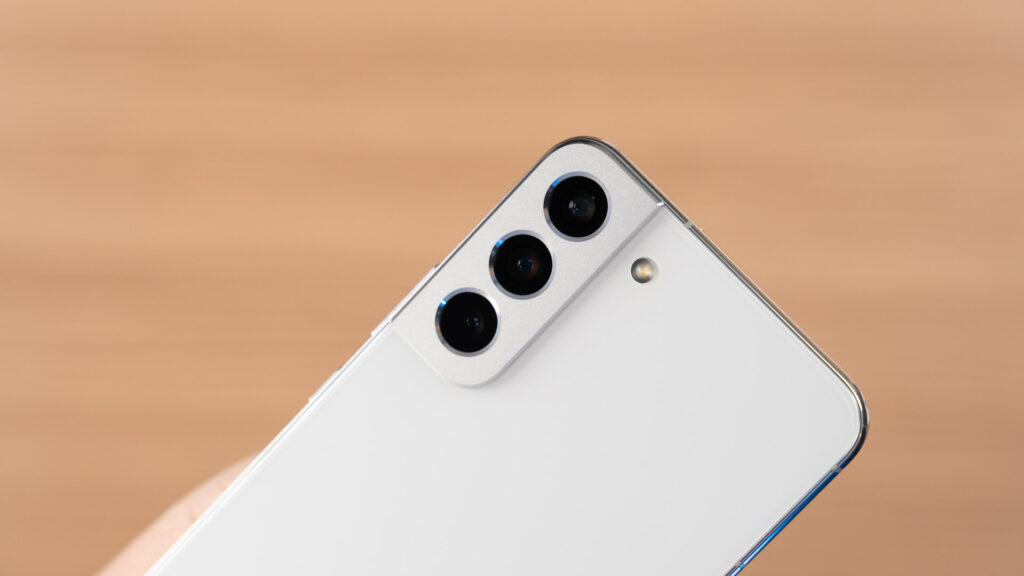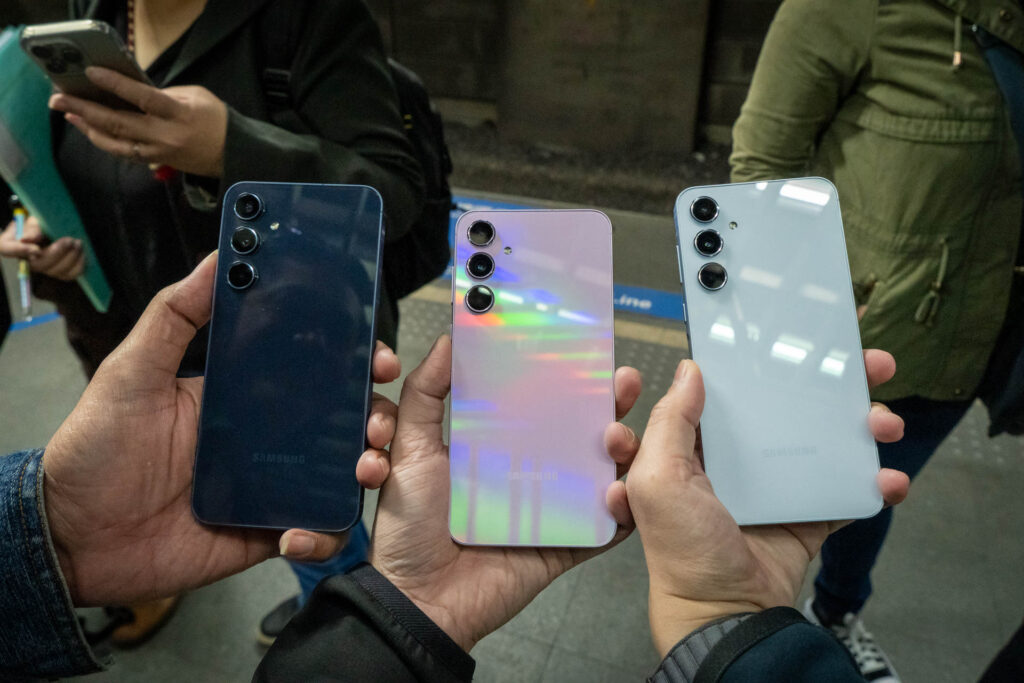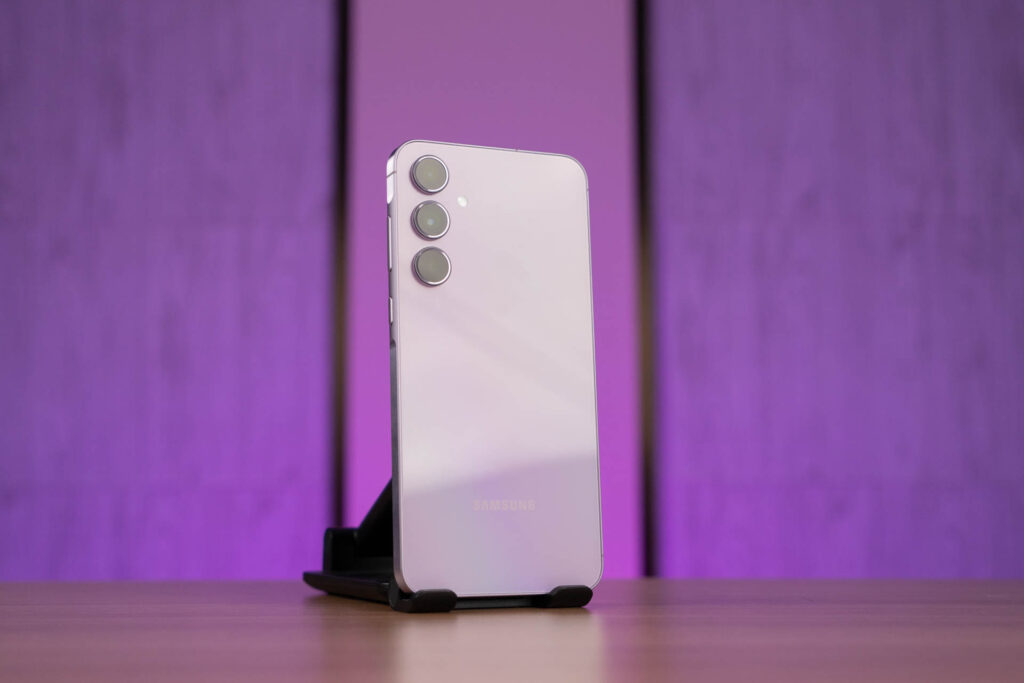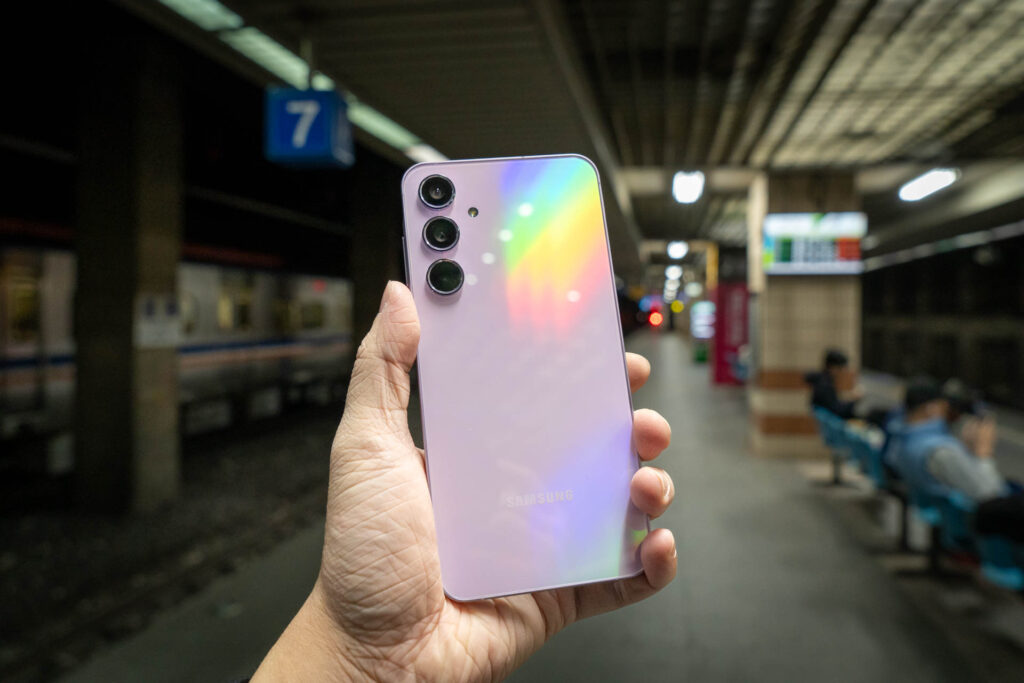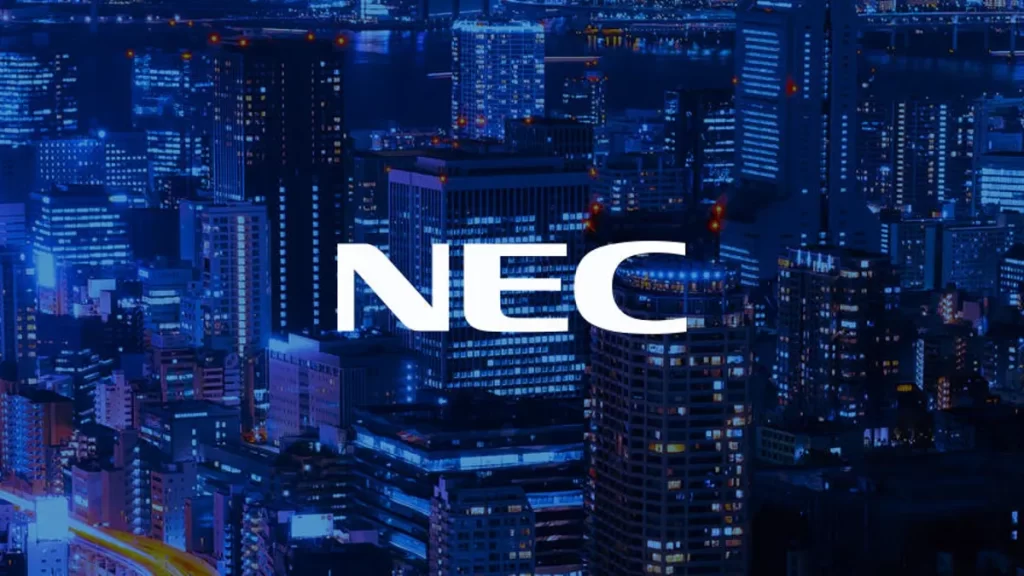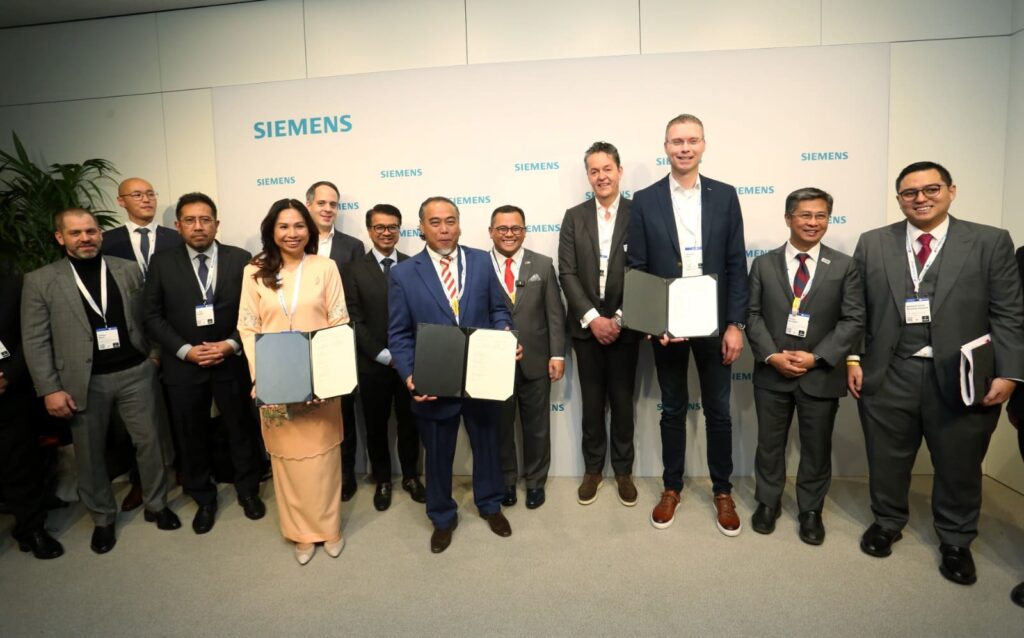Review – Samsung Galaxy S22 Plus
7 min read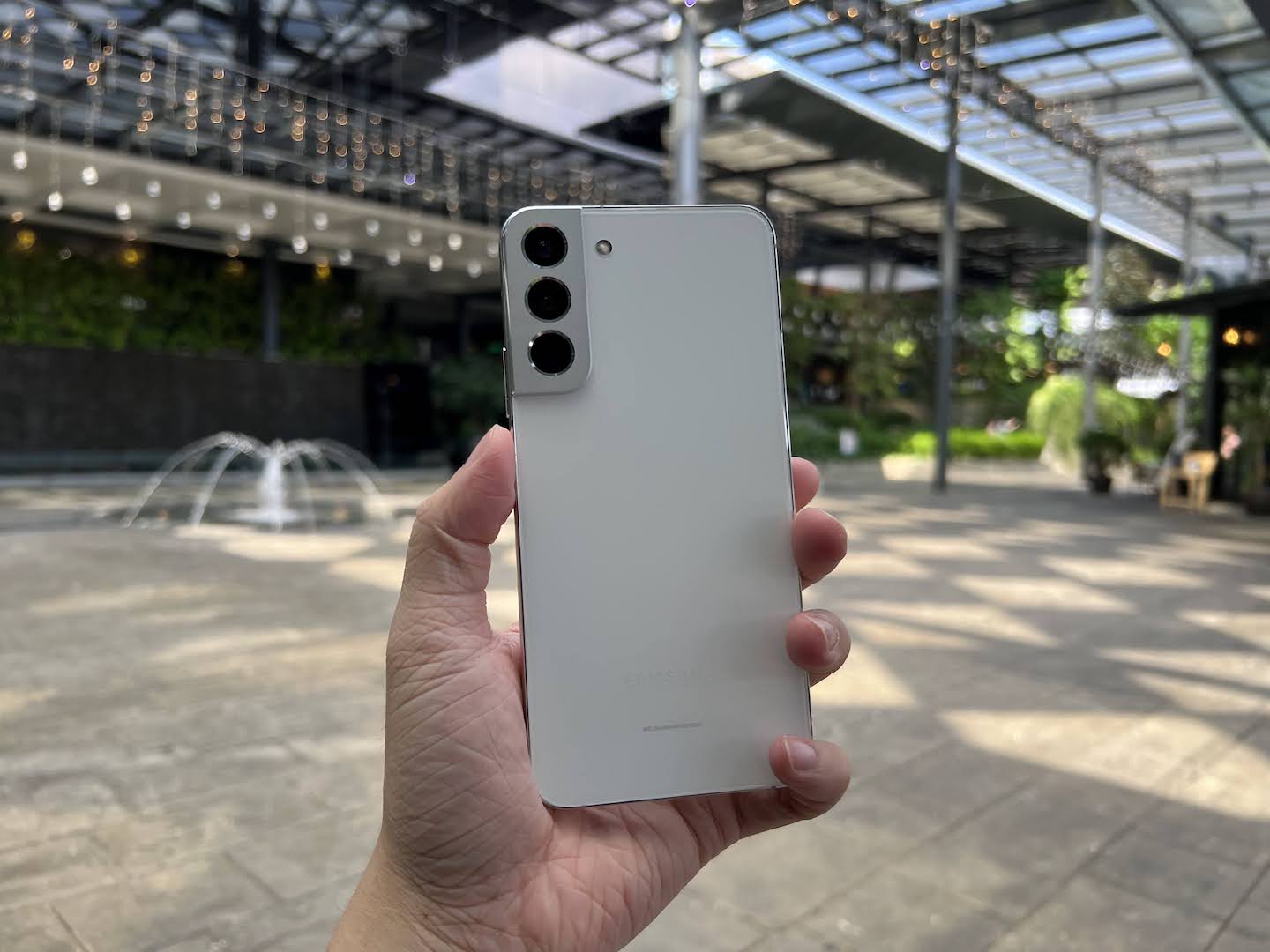
When Samsung launched the Galaxy S22 series, many made fun of Samsung for its iterative upgrade over the outgoing Galaxy S21 series. There was even a video poking at Samsung on how they basically just reused the Galaxy S21 chassis design. Honestly, I don’t think it is fair to judge just because the design looks similar. Unless you’re buying a phone only based on the looks and design, otherwise, a consistent hardware and software user experience are more important.
Design
There’s no denying, the Galaxy S22 Plus looks awfully similar to the Galaxy S21 Plus. I bet most of the people won’t be able to tell them apart if you show both phones side by side. The camera module reaches the corner of the phone and curves around the edges.
What Samsung has changed for the Galaxy S22 series is the frame contour. The Galaxy S22 series has a “boxy” feel when you’re holding it. Not quite the Apple iPhone’s flat frame, but that is enough to change how it feels to have the phone in your hand. It is simply denser and feels way more substantial than its predecessors. Samsung has advertised the “Armour” aluminium frame is now tougher with higher resistance to drop and scratch. Still, the most vulnerable part of a smartphone is always the front display and back panel glass.
Besides, it could be due to the increased manufacturing complexity and cost that the camera module is no longer a single mould that connects with the frame.
Display
At the front is a full-screen display with a hole punch for a front-facing camera. Even though the Galaxy S22 Plus 6.6-inch display is 0.1-inch smaller than the Galaxy S21’s 6.7-inch display, it is not that much of a difference when you are looking at them in person. The most significant update for the new Dynamic AMOLED 2X panel is the peak brightness, capable of going up to 1750 nits. That makes it an excellent panel to view in a bright environment. The rest of the specifications are expected from a Samsung Galaxy S series – 1080×2340 pixel resolution, 120Hz and HDR10+ support.
While it is a shame that the LTPO panel is exclusive for the Galaxy S22 Ultra, at least the Galaxy S22 and S22 Plus has an LTPS panel that offers 48-120Hz variable refresh rates.
Camera
Samsung has made two changes to the camera module – the primary and telephoto camera.
Primary Camera
The primary shooter has been upgraded from a 12MP to a 50MP sensor. To compensate for the increased pixel count, the sensor’s physical size has been increased from 1/1.76” to 1/1.56”. Despite the increased sensor size, 50MP is a lot for that tiny little sensor. Each pixel is just 1.0μm whereby the previous Galaxy S21 is 1.8μm per pixel. Before you start getting angry at Samsung, sure, each individual pixel size may be smaller than before, however, you won’t be shooting at 50MP by default.
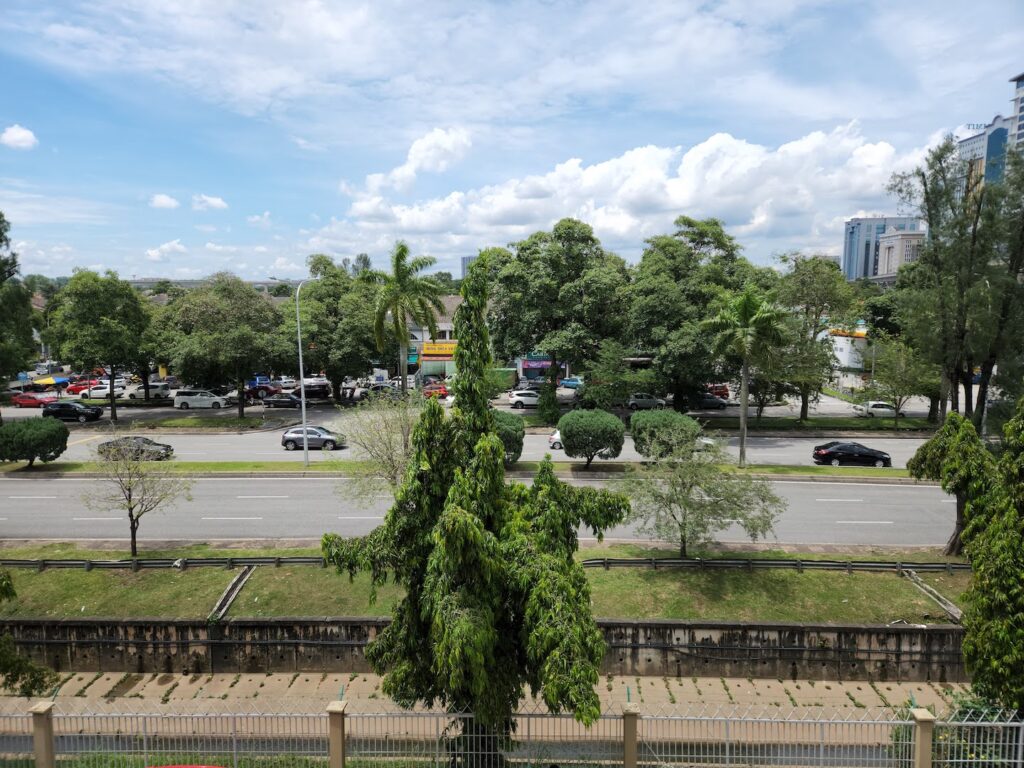
In standard shooting mode, the camera will bin down the 50MP photo to 12MP by combining four pixels into one pixel. Effectively, the 1μm pixel will produce a result comparable to the 2μm pixel.
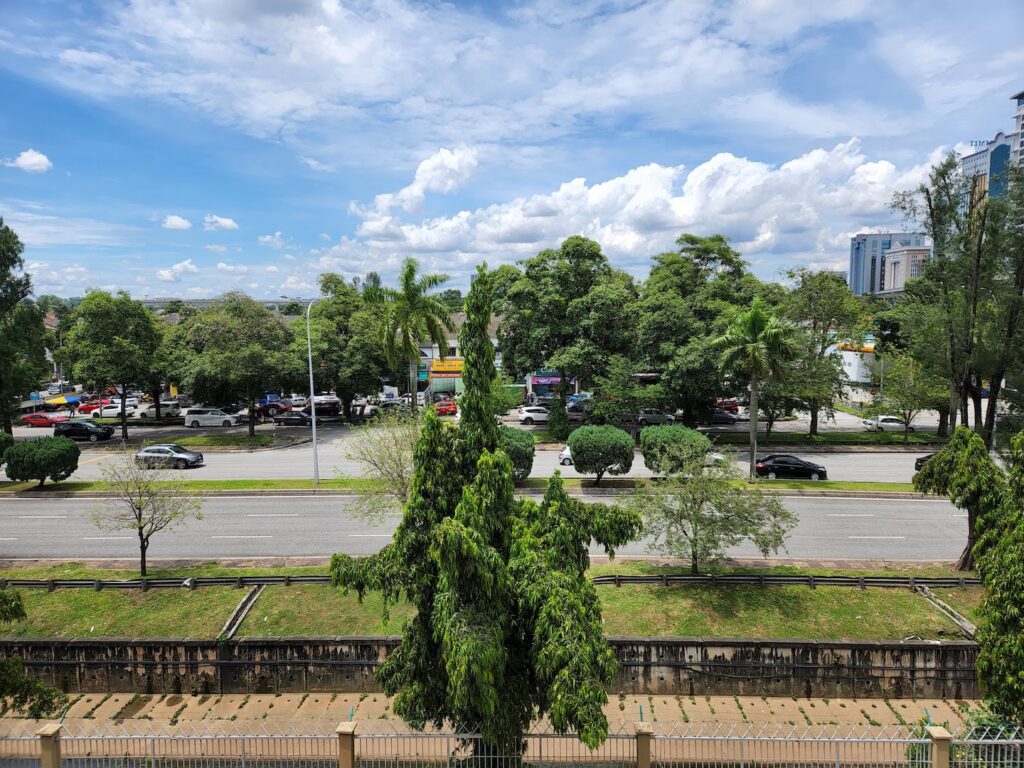
There are three major benefits for companies to go with the pixel-binning approach. One, the spec looks good on paper. 50MP is always more attractive than 12MP; Two, it will produce highly-detailed shots when used under sufficient exposure level; Three, pixel-binning will reduce noise for better low-light shots.
Telephoto Camera
The telephoto camera has gone in the opposite direction. The Galaxy S21 relied on the 64MP (0.8μm) sensor and a 29mm, 1.1x optical zoom to produce a 3x hybrid zoom photo. Personally, I’m not a big fan of hybrid/digital zoom because it is basically cropping out from the original 64MP image to “zoom” in.
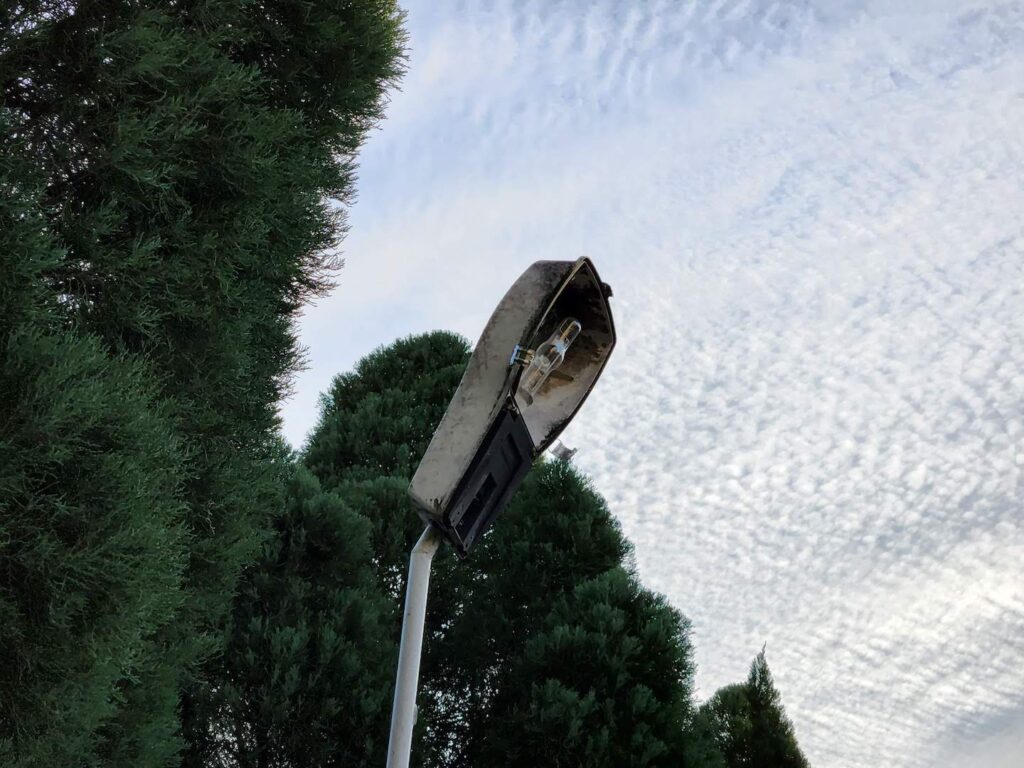
The Galaxy S22 Plus, even though with a lower-resolution 10MP sensor, the pixel size is actually bigger at 1μm, theoretically the low-light performance will be better than the Galaxy S21 Plus at 0.8μm. The biggest improvement is the use of a 70mm equivalent lens to achieve 3x optical zoom.
The ultrawide camera and front-facing camera remained the same from the previous gen.
Gallery:
Performance
The Samsung Galaxy S22 Plus comes with two different variants – Snapdragon and Exynos. Malaysian will be getting the Qualcomm Snapdragon 8 Gen 1 which is quite a surprise considering we’ve been one of the primary Exynos markets for quite some time.
Here’s a TLDR before I go into rant mode: The Snapdragon 8 Gen 1 is a powerful chip that can handle most of your daily tasks and games without much of an issue albeit it can get hot depending on the load. If your budget allows, go for the 12GB+256GB variant instead of the base model 8GB+128GB.
The thing we need to address is the Samsung GOS controversy that throttles the phone performance depending on what app you’re running. Apparently, they have tens of thousands of apps listed in the system including games, social media apps, productivity apps and etc, except for benchmark apps.
Unlike some manufacturers trying to cheat by overclocking the chip when benchmark apps are detected, Samsung’s “big-brain move” is a completely opposite direction which shows how low confidence they had with the SoC and cooling performance.
I’m not trying to sugarcoat or justify Samsung’s decision. The original intention is good which is keeping the phone from overheating and draining the battery. However, Samsung needs to be transparent and this feature should have been an option for users to customize. Since then, Samsung has officially issued an apology for their mistake and promised a software update to open up the performance customisation. Since this review is drafted before the update, we will evaluate the difference in another upcoming post.
Battery Life
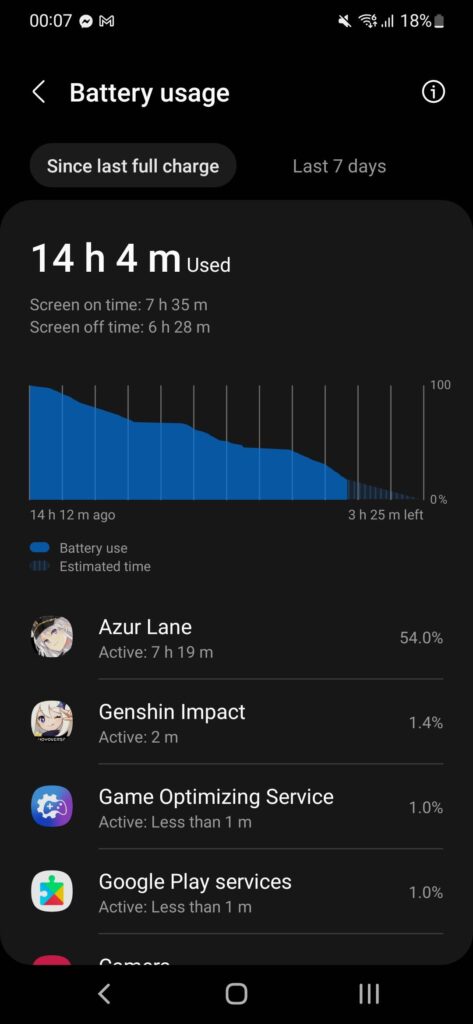
Like what we mentioned earlier, Samsung did everything they can to prevent the SD8G1 from draining too much power from the battery pack. Hence the battery life is pretty remarkable despite the battery being 300mAh lower capacity, down from 4800mAh to 4500mAh.
Don’t question me how I used the phone for a whole day gaming session, but there you have it – a total of 14 hours usage with 7 hours and 35 minutes of screen-on-time.
As for the charging, for the first time, Samsung has increased the supported fast-charging wattage from 25W to 45W. Unfortunately, we don’t have any official 45W Samsung charger with us at the time of review. Even if we tried to use a 65W USB-PD charger, the power draw maxed out at 28W. I tried asking around for clarification and it seems like no one was able to tell how and why the software is behaving like so. Unless high-wattage fash-charging is critical for your usage, otherwise, I think 25W or 28W charging is reasonable and relatively healthy for the battery.
Conclusion
I have to admit, the Galaxy S22 Ultra stole all the limelight for the entire launch when in fact the S22 and S22 Plus should’ve been the main character for the event. Nonetheless, the Samsung Galaxy S22 Plus is an excellent phone if you want a flagship but don’t want to spend extra on the S22 Ultra. Sure, the design may look “uninteresting” for some, but let’s be frank, this is not for those who are currently using the S21 series. Since the performance is not that far off from the S21 series, this is more like for those who are still using S20 Plus or phones that launched before that. What you get is a solid phone and consistent user experience.
As for the GOS, I have to commend them for being apologetic and swift to the action. Hopefully we can get the update soon enough to fully test the capabilities of the phone in terms of gaming and everyday task.
If you’re still on the fence whether to get the S22 Plus or not, I’d say, go for the 12GB+256GB. There’s simply no reason to go with the 8GB+128GB option.

